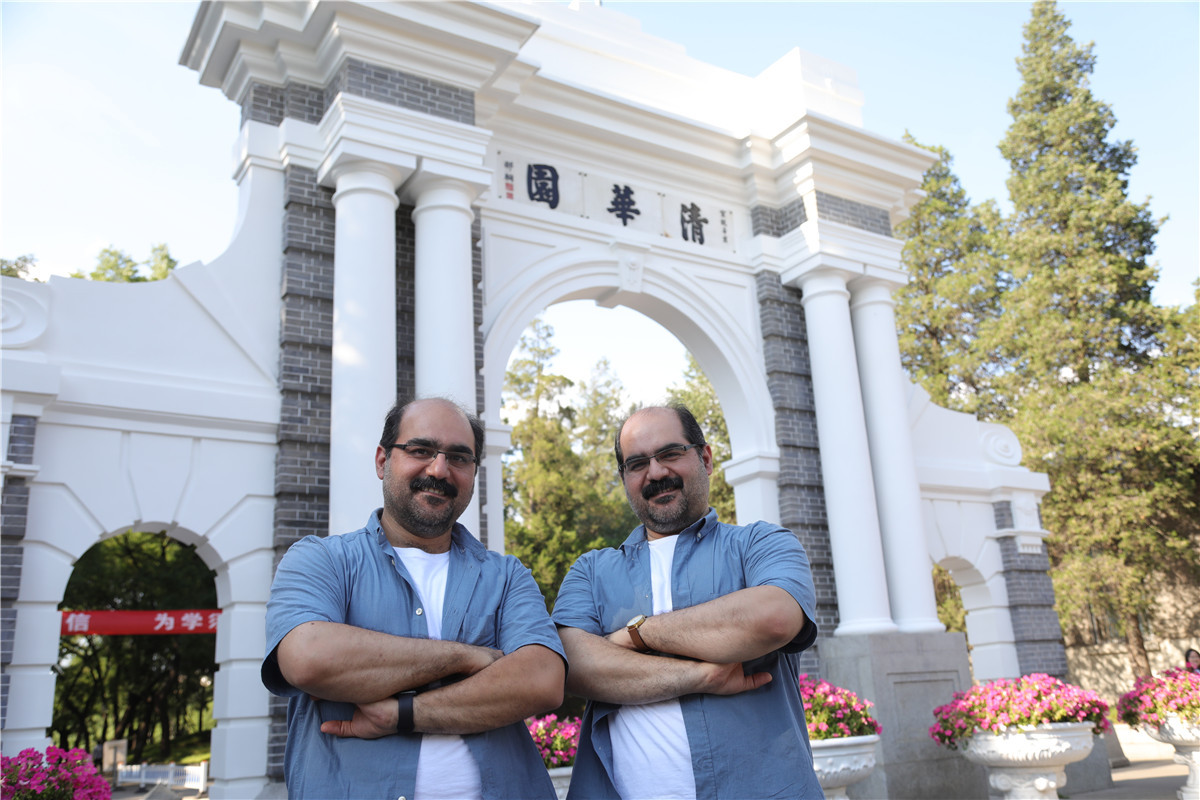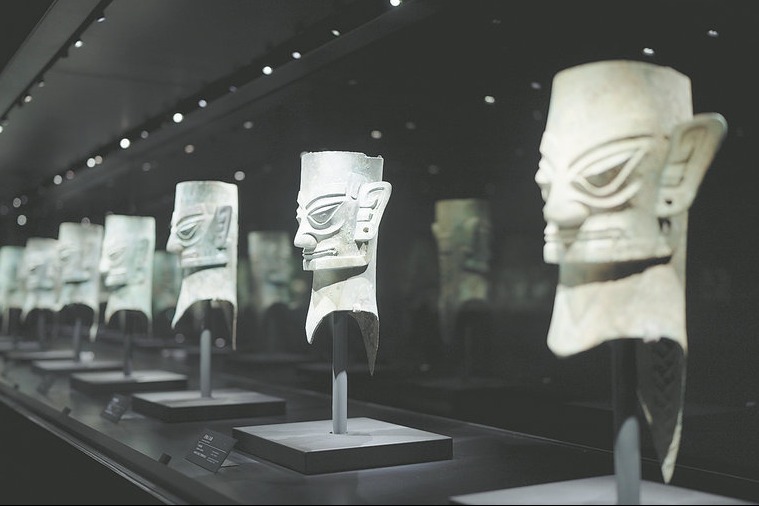Iranian twins create harmony across cultures
By Cheng Yuezhu | China Daily | Updated: 2019-10-04 09:34

Iran is home to an ancient form of the instrument, called the santur, which is similar to China's yangqin.
"I heard this music that resembled the sound of santur. But when I tried the instrument, I realized it was actually different," Shamaeezadeh says.
"Later, I attended a music competition for foreign students... where I met two Malaysian students who played the Chinese yangqin. So, I learned to play from them."
The brothers are skilled in the santur and setar (an Iranian lute), and hosted three Iranian-music concerts in China in 2018. The last show was staged at the Central Conservatory of Music, where they met Liu Yuening, a professor at the conservatory and expert in yangqin.
"We decided we could cooperate," Shamaeezadeh says.
"From then on, we have taken Chinese yangqin musicians to Iran to perform on the same stage with the santur experts."
They have also brought Iranian musicians and researchers to Beijing to perform with Chinese dulcimer musicians and give lectures about Iranian music at the recent International Dulcimer Music Festival.
Liu says: "These events have positive and far-reaching effects on the development of the Asian dulcimer as part of the global dulcimer family."
The brothers plan to further cooperate with the conservatory to publish three books on Iranian dulcimer music that's suitable to play on the yangqin.
They are also connecting the conservatory with Iranian experts in other instruments, such as drums, to lecture in China.
"Although these instruments share the same roots, they have evolved to have their own characteristics in Iran and China," Shamaeezadeh says. "And this has further enriched the music from both countries."
























